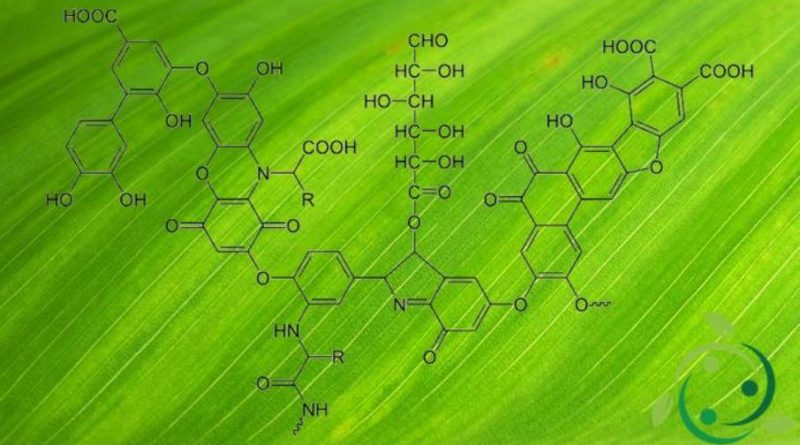Humic acid
Humic acid
Humic acids, in English Humic Acids (HAs), are substances of natural origin coming from the microbial biodegradation of organic substances, both vegetal and animal. Under the common nomenclature of humic acid there is a mixture of different organic acids containing carboxylic and phenolic groups. Humic substances can in turn be divided into three different categories: umina, which is the component linked to the mineral matrix, the real humic acids and fulvic gliacides, as a function of their solubility in water at different pH values. Unlike fulvic acid, humic acid is insoluble in water at pH ≤ 1.
In fact, humic acid is a biopolymer but does not constitute a well-defined compound; in fact, the structure of humic acids varies according to the substance of origin, the ecosystem and the specific habitat of reference. The presence of humic acids is greater in fertile soils and in the circulating solution of soils; they are typical components of humus which is the natural fertilizer coming from the biodegradation of plant and animal residues in certain conditions of aeration and humidity.
The importance of humic acid in the soil is linked to its particular functions; wet soil acids perform oxidation-reduction reactions, buffer functions, water retention, form bonds with metal ions, absorb organic solutes, perform biostimulant action in plants and contribute to the natural degradation of toxic pollutants.

